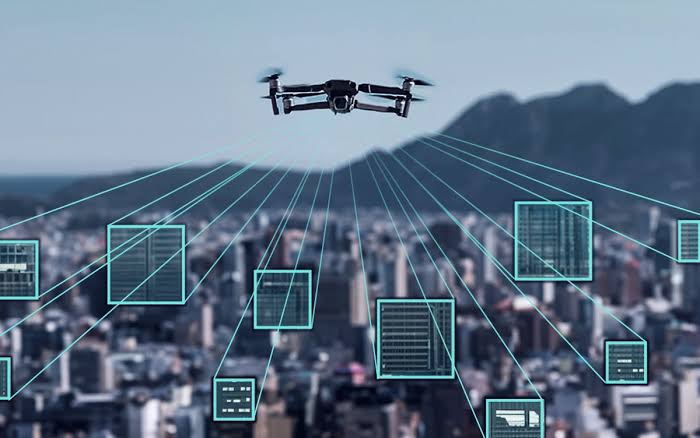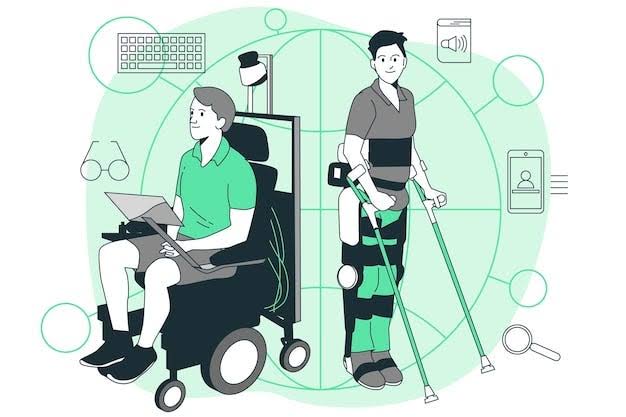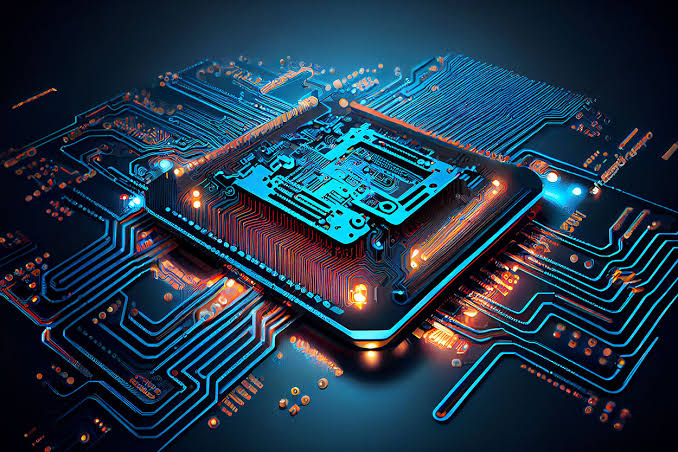Drones have evolved from being hobbyist gadgets to becoming powerful tools in various industries, with aerial surveillance and monitoring emerging as one of their most significant applications. These unmanned aerial vehicles (UAVs) offer speed, flexibility, and cost-efficiency, making them a preferred choice for governments, businesses, and emergency services. With advancements in camera technology, sensors, and autonomous navigation, drones are transforming how we gather and analyze information from above.
Enhanced Coverage and Accessibility
One of the primary advantages of drones in aerial surveillance is their ability to access hard-to-reach or hazardous locations without risking human lives. Unlike traditional manned aircraft, drones can fly at lower altitudes and navigate tight spaces.
Key benefits include:
- Access to remote terrains, forests, and mountainous regions
- Surveillance in hazardous areas like disaster zones or chemical spill sites
- Coverage of large areas in a shorter time compared to ground patrols
This capability allows for continuous and real-time monitoring, even in locations previously considered inaccessible.
High-Resolution Imaging and Real-Time Data
Modern drones are equipped with advanced cameras capable of capturing high-resolution photos and 4K or even 8K video. Many also include infrared and thermal imaging, which enhances visibility in low-light conditions.
Advantages of drone imaging:
- Real-time transmission of video feeds to control centers
- Clear imagery for detailed analysis and evidence gathering
- Thermal scanning for identifying heat sources, such as human movement at night
This real-time access to visual data greatly improves decision-making in both security and rescue operations.
Cost-Effective Alternative to Manned Surveillance
Compared to helicopters and manned aircraft, drones offer a significantly more affordable solution for aerial surveillance. They require less fuel, lower maintenance costs, and minimal human resources to operate.
Cost benefits include:
- Reduced operational expenses for law enforcement and security agencies
- Elimination of pilot risks in dangerous missions
- Lower training costs due to simpler control systems
This cost efficiency allows organizations with smaller budgets to deploy drones without compromising surveillance quality.
Applications in Law Enforcement and Security
Drones have become an essential asset for police and security forces worldwide. They are used for monitoring large gatherings, tracking suspects, and patrolling borders.
Examples of law enforcement applications:
- Crowd management during public events and protests
- Monitoring high-crime neighborhoods for suspicious activity
- Border surveillance to detect illegal crossings or smuggling
Their presence also acts as a deterrent, reducing the likelihood of unlawful activities.
Environmental and Wildlife Monitoring
Beyond security, drones play a vital role in environmental protection. They are used to monitor wildlife populations, track illegal poaching activities, and observe ecological changes over time.
Environmental uses include:
- Aerial surveys of endangered species habitats
- Detection of illegal logging or mining activities
- Monitoring forest health and mapping fire-prone areas
This data helps conservationists make informed decisions to protect natural ecosystems.
Disaster Response and Search Operations
During emergencies, drones can be deployed rapidly to assess damage and locate survivors. Their ability to navigate dangerous areas without endangering rescuers makes them invaluable in disaster relief.
Disaster response benefits:
- Mapping disaster zones to guide rescue teams
- Locating trapped individuals using thermal imaging
- Delivering emergency supplies to inaccessible areas
In time-critical situations, drones significantly increase the chances of successful rescue missions.
Integration with Artificial Intelligence
The future of drone surveillance lies in combining UAV technology with artificial intelligence. AI-powered drones can automatically detect suspicious behavior, recognize faces, and track moving targets without human intervention.
AI integration offers:
- Automated anomaly detection in large crowds
- Predictive monitoring for crime prevention
- Data analytics for better security planning
This advancement will make drone operations more efficient and less dependent on manual control.
Privacy and Regulatory Concerns
While drones offer numerous benefits, their widespread use raises privacy and regulatory issues. There is growing concern about unauthorized surveillance and data misuse.
Key challenges include:
- Establishing clear legal frameworks for drone operations
- Protecting individual privacy rights
- Preventing misuse of drones for illegal activities
Governments and industry stakeholders must work together to balance security needs with ethical considerations.
Conclusion
Drones have revolutionized aerial surveillance and monitoring by offering unmatched accessibility, cost efficiency, and advanced imaging capabilities. From law enforcement and environmental conservation to disaster response and industrial inspections, their applications are expanding rapidly.
While regulatory challenges and privacy concerns remain, the integration of artificial intelligence, enhanced sensors, and longer flight capabilities promises a future where drones play an even greater role in keeping people, assets, and environments safe.




13 thoughts on “The Role of Drones in Aerial Surveillance and Monitoring”